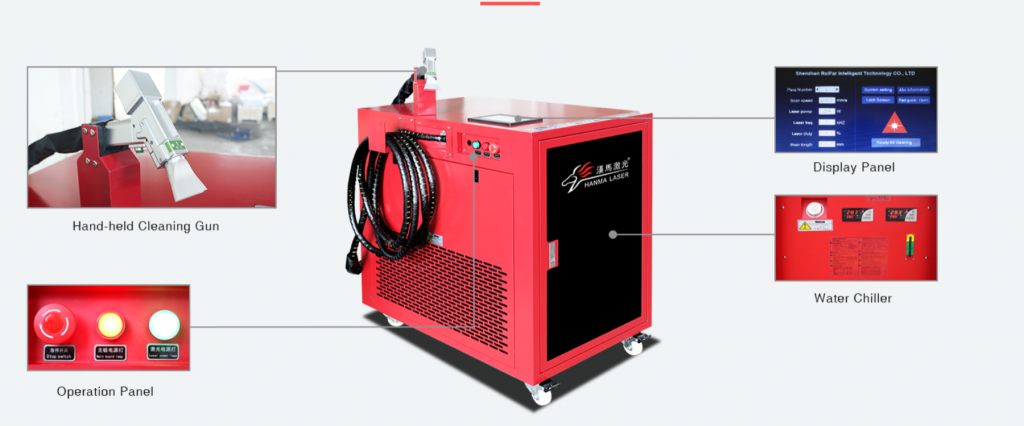The difference between metal and non-metal laser cutting machines
When shopping for a laser cutter, it’s important to understand the difference between metal and non-metal models. The main difference is the beam focus. Metal laser cutters use a thin beam to cut material, while non-metal lasers use a thicker beam to cut thicker materials.
Inert gas
Inert gas laser cutters differ from non-metal laser cutters in several ways. The use of oxygen as an assist gas enhances the cutting process by adding additional heat. Oxygen increases the temperature in the cutting area, reducing the chance of fiber burrs. It also increases cutting speed.
Oxygen and nitrogen are two common assist gases for laser cutting. However, argon is also used in some cases. Nitrogen is preferred over oxygen when working with steel because it prevents oxidation and discoloration of the metal. Furthermore, nitrogen cutting does not require a cleaning process after the cutting process.
Carbon dioxide
When choosing a laser cutter, you must decide whether you want to cut metallic or non-metallic materials. The difference between the two machines is the gas used. Metal laser cutting requires more settings and more CO2 protection. Metal laser cutters require a clean, dry shop environment to cut effectively.
CO2 laser beams are not as fast as fiber lasers, and therefore not as fast. Additionally, CO2 lasers require regular cleaning and maintenance to maintain their high performance. Furthermore, CO2 lasers suffer from higher levels of mass variation due to their exposed beam delivery systems.

Fiber-optic laser
The main difference between metal and non-metal laser cutting machines is the type of laser source. CO2 lasers use gas to generate an intense beam, while fiber lasers use optical fibers to deliver the beam. The higher beam intensities in fiber lasers are necessary for precise metal and non-metal cutting. Additionally, fiber laser systems require fewer adjustments than CO2 laser systems. Compared to CO2 lasers, these machines can produce three to four times the number of parts per hour and can work with a variety of materials.
Metal laser cutters can cut most types of steel, including high-speed tool steel, tungsten-containing hot work die steel, and titanium. It is also used for cutting highly reflective materials such as copper and brass. High-power metal lasers can also process galvanized sheet and nickel alloys.
Hybrid Laser
Hybrid laser cutters for metals and other materials are capable of cutting a wide variety of materials. The cutting process begins by directing the laser beam through a lens or specialized mirror designed to focus the laser beam onto a small, highly concentrated spot. This point is called the focal point, and it is the point where the laser beam is strongest. Different materials require different focal points, and the optimal position depends on the material of the focusing lens, beam characteristics and state.
The cutting head of the hybrid laser cutting machine has various functions. It can cut metal and non-metal materials, including wood, acrylic and steel. The laser cutting head automatically adjusts the focal length according to the surface of the material to be cut, and has a variety of cutting speeds.
Depth of focus
The depth of focus of a metal or non-metal laser cutter can affect the quality of the cut. When the focus is too shallow, the cutting edge diverges, widening towards the top or bottom. This results in different quality cuts. A good laser cutter should have vertical cutting edges that are at least 10mm deep.
Optimizing the depth of focus of a metal or non-metal laser cutter is important for a number of reasons. It allows for smaller kerf widths and localized heating, which reduces the effect of thermal deformation on the bulk of the material. It also reduces the risk of mechanical deformation and material contamination. Additionally, the focused beam minimizes the amount of material removed.
Cost
There are several factors to consider before purchasing a metal and non-metal laser cutting machine. On the one hand, the cutting area should be large enough to accommodate the material being cut. The most common metal cutting machines have a working area of about 1300 x 2500 mm. Larger work areas may require larger machines and thicker frames. Additionally, metal cutters should have a ventilation system to remove any combustion products.
The cost of a metal cutter will vary depending on the material.




